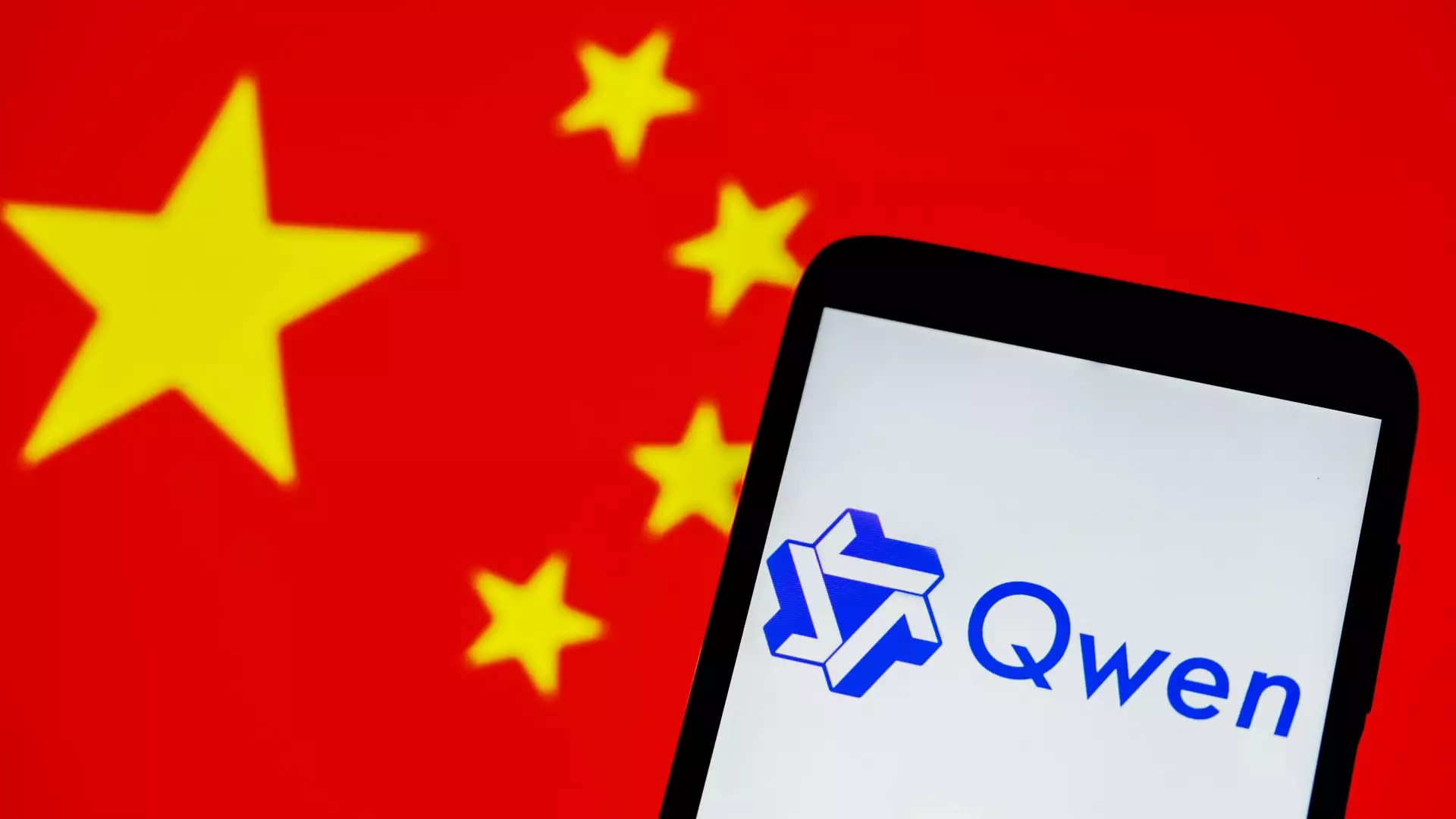In the relentless race towards artificial intelligence supremacy, Alibaba has just shot another arrow with its release of the Qwen3 series. Launching on a day that will be etched in tech history, Qwen3 is not just another byproduct of a tech giant; it signifies a staggering leap in China’s burgeoning open-source AI arena. As an advocate for pragmatic innovation, I find Alibaba’s foray into this territory particularly fascinating, not only for its technological advancements but also for the potential disruptions it might introduce to the global tech landscape.
Breaking Down the Brilliance of Qwen3
At the heart of Alibaba’s assertion about Qwen3 is its hybrid reasoning capabilities. This model introduces a sophisticated two-mode functionality that allows it to alternate seamlessly between complex problem-solving and rapid response tasks. For developers and end-users alike, this could redefine efficiency in AI applications—marrying the best of deep learning with the practicality required in real-world scenarios. How refreshing it is to observe a tech company focusing on functionality rather than merely racing for bigger numbers in model parameters or datasets.
Moreover, the multilingual support encapsulating 119 languages marks a critical advancement in inclusivity. In an increasingly globalized world, the ability for AI to operate across linguistic barriers is not just desirable; it’s essential. This feature fosters accessibility, empowering more developers and businesses to build AI solutions that cater to diverse populations. It’s a powerful move against the perception that advanced tech is only for the elite few in English-speaking countries.
Open Source as a Competitive Punch
One of the key attributes distinguishing Qwen3 is its open-source model. The tech world has been awakened to the potential of open-source solutions, but Alibaba’s commitment to making Qwen3 freely available is revolutionary. By doing so, they empower a grassroots development movement, enabling independent developers to create derivative models. This community-driven innovation is often far more volatile but can be exponentially more rewarding, breaking down barriers that corporate entities using proprietary software often cultivate.
However, is the open-source approach a double-edged sword? While it spurs innovation, it can also lead to fragmentation in quality and control. But that’s the gamble of the open-source ethos, and it’s one Alibaba seems ready to embrace. The exploration of Qwen3 as a platform could position the company as an incubator for futuristic AI concepts, supported by a diverse pool of minds.
Challenges on the Horizon
Despite these promising developments, the landscape is not without significant hurdles. The competitive pressure from U.S. counterparts remains intense. OpenAI’s cutting-edge o3 models continue to set a high bar, and the cold winds of U.S. export restrictions could serve to inhibit Alibaba’s international ambitions. Critics might argue that while Alibaba’s might is impressive, it’s juxtaposed against an uphill battle where technological lag could still be a tangible reality.
However, one must also acknowledge that China’s domestic AI labs have already been fortified. The fierce competition among local giants such as Baidu, emerging from the shadows of international models, indicates a unique cultural interplay whereby challenges often spur innovation. This rivalry can catapult Qwen3 to a league of its own, depending upon its continued development and community adoption.
The Road Ahead for AI in China
The scale and urgency of AI advancements made by Alibaba through Qwen3 showcase a turning tide in the global AI narrative. With over 300 million downloads already reported and a burgeoning developer ecosystem, we are witnessing a radical shift — a Chinese renaissance in AI that champions accessibility, open-source ethos, and innovation-driven competitiveness. As a center-right liberal, I resonate with the notion that technological development must transcend borders and align with democratic principles of open collaboration and transparency.
Ultimately, as we delve deeper into the implications of Qwen3, it becomes clear that its introduction might just mark the moment China steps firmly onto the global AI stage, not as a mere competitor, but as an innovator. The ramifications of these large language models are layered and complex, hinting at an era where collaborative innovation could very well redefine our collective technological future.

